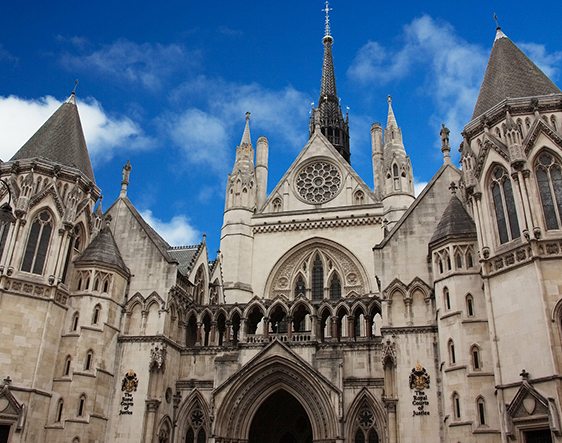The Supreme Court has held in the conjoined cases of Home Office (UK Border Agency) v Essop and others and Naeem v the Secretary of State for Justice that in order to make a valid claim for indirect discrimination the victim of the discrimination will have to show that a requirement has been imposed on them, that they have a protected characteristic and that they (and those who share the protected characteristic) suffer the effect of the disadvantage when compared to others. Comment Nicola Ihnatowicz, employment partner at law firm Trowers & Hamlins LLP.
Previously the Court of Appeal had suggested that if the reason for the requirement wasn’t discriminatory then there could be no indirect discrimination. According to the Supreme Court this is not the case. In Essop the issue was the Core Skills Assessment (CSA) test which staff have to pass in order to be promoted within the Home Office to the post of higher executive or above. The claimants, who are over 35 and from black and minority ethnic (BME) backgrounds, failed the CSA. They brought indirect race and age discrimination proceedings against the Home Office relying on statistical evidence that BME candidates over the age of 35 were less likely than younger non-BME candidates to pass the CSA. The Court of Appeal held that the claimants needed to be able to show why the requirement to pass the CSA had disadvantaged the group and why it had disadvantaged the individual claimants.
The Supreme Court has held that the disadvantage suffered by the individual must correspond with the disadvantage suffered by the group. The disadvantage here was that most members of the group failed the CSA disproportionately and the claimants suffered this disadvantage. In Naeem the claimant, who was an imam, began working for the Prison Service in October 2004 as a full-time prison chaplain. He entered the pay scale at the lowest point and gradually moved up the scale. It took nine years to go from the bottom of the scale to the top. Until 2002 the Prison Service only employed Christian chaplains bringing in Muslim imams as and when required, and, as the pay system placed emphasis on length of service, Christian chaplains were more likely than Muslim chaplains to be towards the top of the pay scale. The claimant brought claims for indirect religion and race discrimination on the basis that he had been disadvantaged as a Muslim chaplain by the application of the length-of-service criterion which meant that the average basic pay of Muslim chaplains was lower than that of Christian chaplains, and also that more white than Asian chaplains were towards the top of the scale.
The Supreme Court agreed with the Court of Appeal that there had been no indirect discrimination. The disadvantage could be attributed to the historical reason that there was insufficient demand for Muslim chaplains before 2002 and so they would necessary have, on average, shorter service than non-Muslim chaplains. As a result the claimant had not been indirectly discriminated against as the disadvantage suffered by him was no more than was necessary to implement an incremental pay structure that required that newly appointed chaplains have the necessary skills and experience for reward at the top of the scale.
Nicola Ihnatowicz, employment partner at law firm Trowers & Hamlins LLP commented: “As indirect discrimination law is meant to remove barriers for employees who share particular characteristics the Court of Appeal’s decision in Essop was concerning in that it appeared to erode this protection. The Supreme Court has now redressed the balance. Even if the reason for the requirement being complained of is not discriminatory this will not prevent it from amounting to indirect discrimination putting the onus back on the employer to justify a potentially discriminatory policy or requirement.
In the case of Naeem the requirement in question did put all Muslim chaplains at a disadvantage, but it was found to be justified and proportionate. The Supreme Court’s decision serves as reminder to employers that they must always consider any policies or practices which might have a disproportionate impact on groups with particular characteristics and try to ensure that they do not indirectly discriminate against such groups.”







